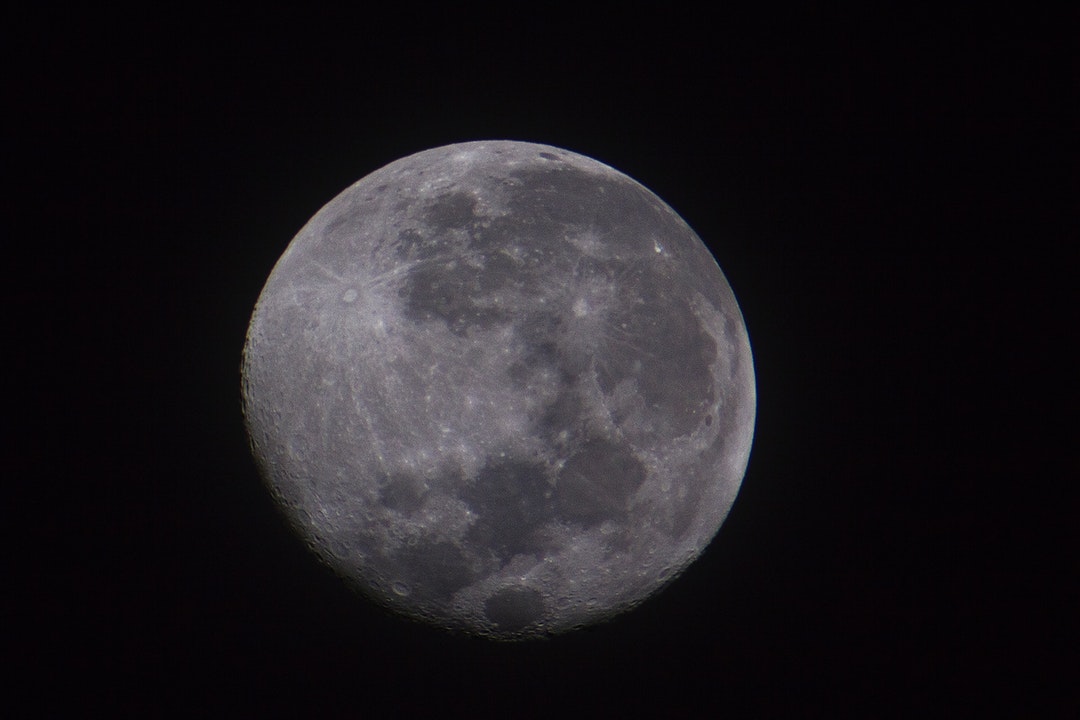Government Grants
Business Grants
Home Owner Programs
Federal Programs
About Us
Cooperative Ecosystem Studies Unit, Californian CESU
The Western Ecological Research Center of the U. S. Geological Survey (USGS) is offering a funding opportunity to one Member of the Californian Cooperative Ecosystems Studies Unit (CESU) Program.
The project is titled â¿¿Estimating the carrying capacity of the Suisun Marsh for non-breeding waterfowl:
a contemporary assessment of diets, food availability and body condition in managed and tidal wetlandsâ¿ This project is focused on establishing a waterfowl food based carrying capacity for the Suisun Marsh, CA.
This region is a critical area for waterfowl during fall and winter in California and is currently one of the largest contiguous brackish marshes in the western United States.
The Suisun Marsh contains 12% of the remaining natural wetlands in California.
The Marsh provides important wetland resources during early winter and currently provides wintering habitat for more than 60,000 waterfowl as well as large numbers of other shorebirds, seabirds, wading birds, and terrestrial birds.
The majority of waterfowl that winter in Suisun Marsh are dabbling ducks (Table 5-1; Ackerman et al.
2014), and these species primarily use managed wetland habitats provided by duck hunting clubs and state wildlife areas.
These wetlands are managed principally for waterfowl food production, especially for dabbling ducks.
However, the brackish water in the Marsh makes it challenging to manage for the plant species (mostly non-native) that are most productive and provide abundant energy-rich seeds.
Assessment of the availability and composition of winter food resource for waterfowl is essential to establish the carrying capacity of the Suisun Marsh and to evaluate impacts of any future changes (e.g., tidal restoration, sea level change, drought, water or habitat management) on the capacity of the Marsh to support target populations of non-breeding waterfowl.
The project is titled â¿¿Estimating the carrying capacity of the Suisun Marsh for non-breeding waterfowl:
a contemporary assessment of diets, food availability and body condition in managed and tidal wetlandsâ¿ This project is focused on establishing a waterfowl food based carrying capacity for the Suisun Marsh, CA.
This region is a critical area for waterfowl during fall and winter in California and is currently one of the largest contiguous brackish marshes in the western United States.
The Suisun Marsh contains 12% of the remaining natural wetlands in California.
The Marsh provides important wetland resources during early winter and currently provides wintering habitat for more than 60,000 waterfowl as well as large numbers of other shorebirds, seabirds, wading birds, and terrestrial birds.
The majority of waterfowl that winter in Suisun Marsh are dabbling ducks (Table 5-1; Ackerman et al.
2014), and these species primarily use managed wetland habitats provided by duck hunting clubs and state wildlife areas.
These wetlands are managed principally for waterfowl food production, especially for dabbling ducks.
However, the brackish water in the Marsh makes it challenging to manage for the plant species (mostly non-native) that are most productive and provide abundant energy-rich seeds.
Assessment of the availability and composition of winter food resource for waterfowl is essential to establish the carrying capacity of the Suisun Marsh and to evaluate impacts of any future changes (e.g., tidal restoration, sea level change, drought, water or habitat management) on the capacity of the Marsh to support target populations of non-breeding waterfowl.
Relevant Nonprofit Program Categories
Obtain Full Opportunity Text:
https://www.grants.gov/
Additional Information of Eligibility:
This financial assistance opportunity is being issued under a Cooperative Ecosystem Studies Unit (CESU) Program.
CESUâ¿¿s are partnerships that provide research, technical assistance, and education.
Eligible recipients must be a participating partner of the Californian Cooperative Ecosystem Studies Unit (CESU) Program.
Full Opportunity Web Address:
Contact:
Agency Email Description:
Agency Email:
fgraves@usgs.gov
Date Posted:
2017-08-22
Application Due Date:
2017-09-15
Archive Date:
2017-11-22
Social Entrepreneurship
Spotlight
Exeter Sees Growth in Social Enterprise Sector

A partner at The Fruit Tree for Business LLP and co-founder of ESSENCE, Lorna Turner, discusses why Social Enterprise Day is a good time to celebrate Exeter’s thriving social enterprise scene.

